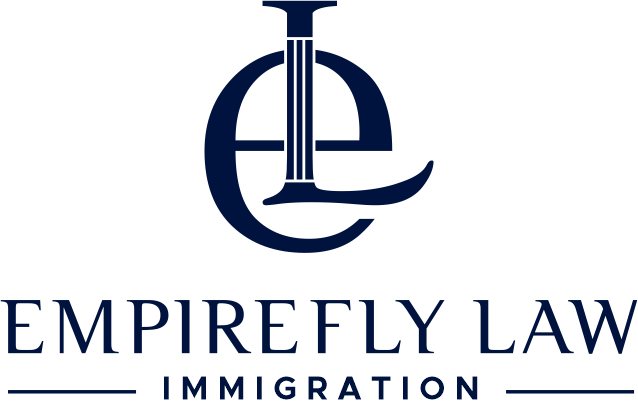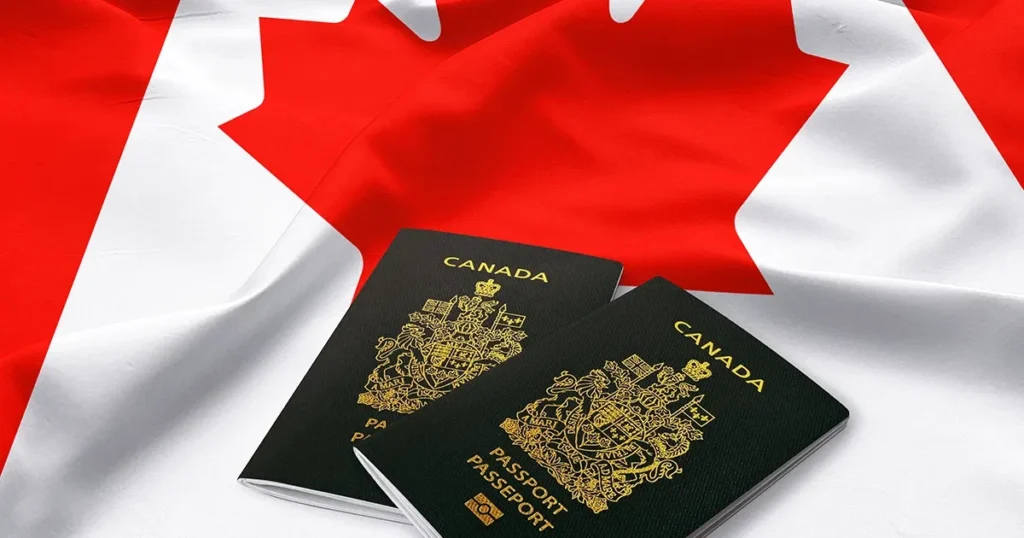Introduction
Pursuing higher education in the United States is a significant milestone for many African students. However, maintaining F1 visa status is crucial to avoid any legal issues that could jeopardize your studies and future opportunities in the U.S. This guide offers comprehensive tips to help African students understand the critical aspects of F1 visa regulations, how to make the most of Optional Practical Training (OPT) and Curricular Practical Training (CPT), and strategies for transitioning from a student visa to a work visa.
1. Understanding F1 Visa Rules:
a. Full-Time Enrollment:
– As an F1 visa holder, youmusto maintain full-time enrollment at your designated school. This typically means enrolling in a minimum number of credit hours each semester (usually 12 credits for undergraduate students and 9 for graduate students). Dropping below this threshold without prior authorization from your Designated School Official (DSO) canviolatef your visa status.
b. Keeping Your SEVIS Record Up-to-Date:
– The Student and Exchange Visitor Information System (SEVIS) is a critical tool used by the U.S. government to track and monitor the status of international students. It is essentialfor you to report any changes in your program, personal information, or address to your DSO within 10 days of the change.
c. Employment Restrictions:
– F1 studentscano work on campus for up to 20 hours per week during the academic year and full-time during holidays. Off-campus employment is generallyonly permitted witht special authorization, such as through OPT or CPT. Engaging in unauthorized employment is aseveres violation of F1 visa conditions.
2. Making the Most of OPT and CPT:
a. Curricular Practical Training (CPT):
– CPT is a form of off-campus employment authorization that allows F1 students to gain practical experience in their field of study while still enrolled in school. To be eligible, the work must be integral to your academic progra. Youu must have completed at least one academic year in the U.S. You must obtain approval from your DSO and receive a new I-20 form with CPT authorization before starting any CPT employment.
b. Optional Practical Training (OPT):
– OPT is a valuable opportunity for F1 students to work in the U.S. for up to 12 months after completing their degree program. STEM graduates may be eligible for a 24-month extension, allowing up to 36 months of work. You must apply for OPT authorization before completing your studies and ensure that your employment is directly related to your major fiely.I think timing is crucial, so pl apply early to avoid delays.
3. Transitioning from a Student Visa to a Work Visa:
a. H-1B Visa:
– The H-1B visa is the most common pathway for F1 students transitioning to a work visa after completing OPTI. It would be best if you secured a job offer from a U.S. employer willing to sponsor your H-1 B application to be eligible. This visa allows you to work in a specialty occupation for up to six years. The application process is competitive, with an annual cap on the number of visas issued, so it’s essential to start job hunting early and prepare thoroughly.
b. Green Card Options:
– Some students may be eligible for a green card through employment-based immigration categories, such as EB2 or EB3, or family sponsorship if they have close relatives who are U.S. citizens or permanent residents. Another option is the EB2-NIW (National Interest Waiver) for those who can demonstrate that their work is in the national interest of the United States.
Conclusion:
Maintaining your F1 visa status is vital for your academic success and future career in the U.S. By understanding the rules, making the most of opportunities like OPT and CPT, and planning your transition to a work visa, you can maximize your potential and achieve your goals. At EMPIREFLY Immigration Law Firm, we specialize in guiding African students through every step of their U.S. immigration journey, ensuring that you stay on track and fully compliant with all regulations.
If you need help maintaining your F1 status, applying for OPT or CPT, or transitioning to a work visa, please don’t hesitate to contact us. We’re here to help you succeed.




